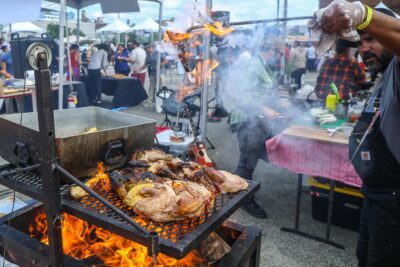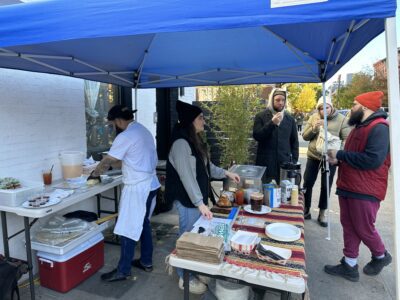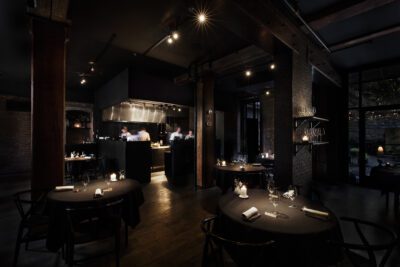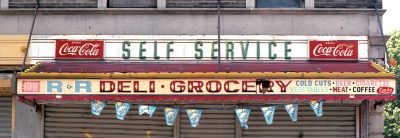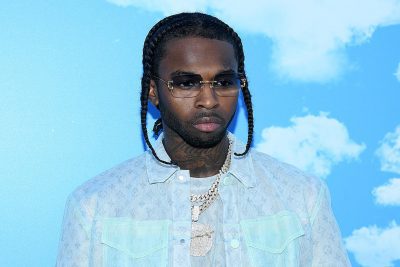All photos by Abigail Gruskin
The making of an ‘it’drink: A look back at the year of the espresso martini
As lockdowns eased up, city dwellers turned a ’90s classic into 2021's buzziest cocktail
Like it or hate it, the espresso martini is the caffeinated cocktail trend that refuses to go to bed.
Brooklyn restaurant Strangeways served up multiple rounds nearly every night last fall and now has the drink on draft; at Short Stories, a bar in Manhattan’s East Village, the cocktail was the pick-me-up of the summer (and the drink of choice during Pride celebrations); and New York bartender Ben Rojo told Grub Street in October that he’s made more of the boozy coffee drink this year “than in the rest of my career cumulatively.” (It wasn’t necessarily said in the spirit of praise.)
After a long stretch of evenings spent indoors (and now with the specter of more to come), New York City’s nightlife has woken up. To keep going, some borough imbibers have required a bit of a boost.
“I can’t go into the wee hours like I used to,” says Short Stories’ lead bartender Barry Wright, 31. “Having an entire year of FOMO, it’s just like people trying to make up for it by partying harder than ever.”
And yet, bartenders don’t always enjoy making the cocktail. Concocting an espresso martini is relatively straightforward (it’s mostly just espresso and vodka)—but it can be time consuming.
“The cocktail is usually a bit painstaking to make, having to make fresh espresso for each drink and having to shake it for an extended period,” explains Daniel McGee, 30, who manages Strangeways in Williamsburg.
Which invites the question: How—and why—did this weird drink become the cocktail that won’t quit? And what makes an “it drink,” anyway? Presentation plays a role. At Short Stories, Wright uses edible black glitter as a garnish atop the bar’s current cold brew concentrate iteration, which he says draws lots of eyes.
Which leads to the “sizzling fajita effect,” as McGee calls it. “If a server takes one out on a tray and others see it, or someone is watching you make it, it almost always is going to get [an] inquiry as to what that pretty drink is, ‘because I would also like one now’,” he says.
Nostalgia plays a role, too: The martini fits right in with the resurgence of ’90s fashion and culture, Wright notes. The drink is alleged to have been created in London for a model who desired a beverage that could “wake me up and then fuck me up.”
A borough turns its lonely eyes to booze
During the pandemic, Americans increasingly turned to alcohol even as they couldn’t leave their homes; Nielsen reported that online alcohol sales were up 234 percent in the spring of 2020, compared to the spring prior. Meanwhile, the use of party drugs like ecstasy and cocaine dropped by roughly 40 percent in the beginning of the pandemic across 11 countries, the 2020 Global Drug Survey found.
So perhaps New Yorkers are opting for something lighter. “They either start their night with them, which I think is smarter,” says Williamsburg-based bartender Orlando Franklin McCray, 34. “Or they’re a few drinks in and they’re feeling kind of mopey, and then they’re like, ‘You know what, caffeine’.”
The making of an “it” drink more generally tends to be about subverting drinkers’ expectations by making the “unapproachable, approachable,” according to Wright. As for what’s next, he predicts that “large format cocktails”—like punch bowls reminiscent of tiki culture—could become a hit as people re-adjust to life semi-post pandemic, “but with the caveat that they’d be served in large dispensers…that allow for pouring.”
The espresso martini can only spend so much longer in the limelight before it’s time for something new to wake up the city that never sleeps. For now, though, here’s a step-by-step guide to make your own at home:
Step 1: The vodka
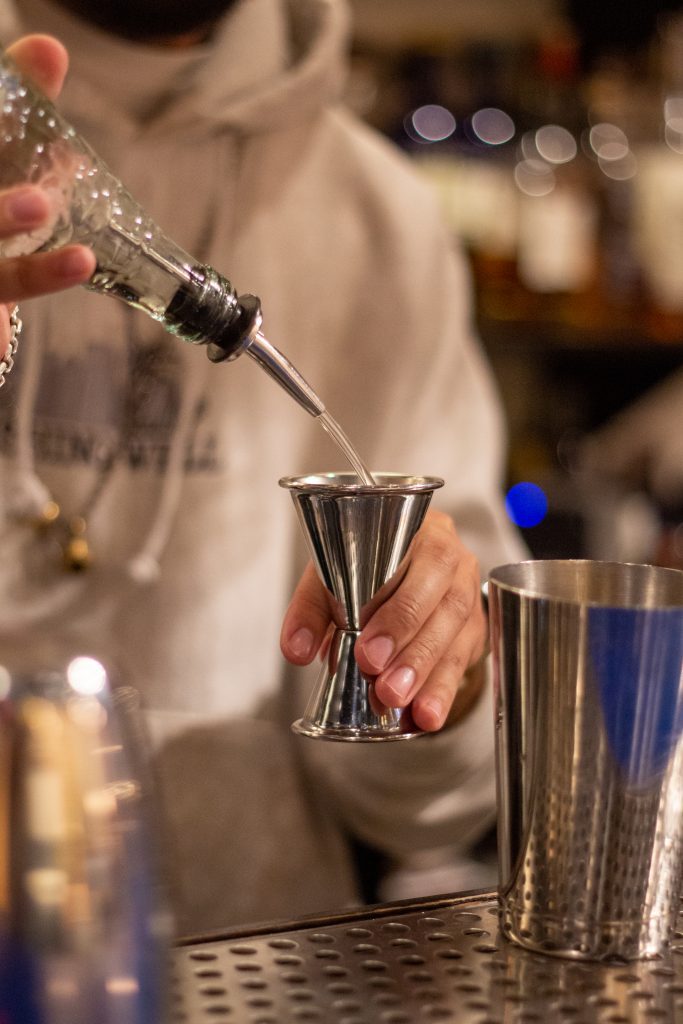
(Photo by Abigail Gruskin)
Orlando Franklin McCray, bar director at Williamsburg’s Nightmoves, uses Street Pumas vodka (1 ½ ounces). Vodka brands like Ketel One and Grey Goose have been riding the espresso martini wave with aggressive marketing as of late, according to longtime bartender Daniel McGee.
Step 2: The caffeine
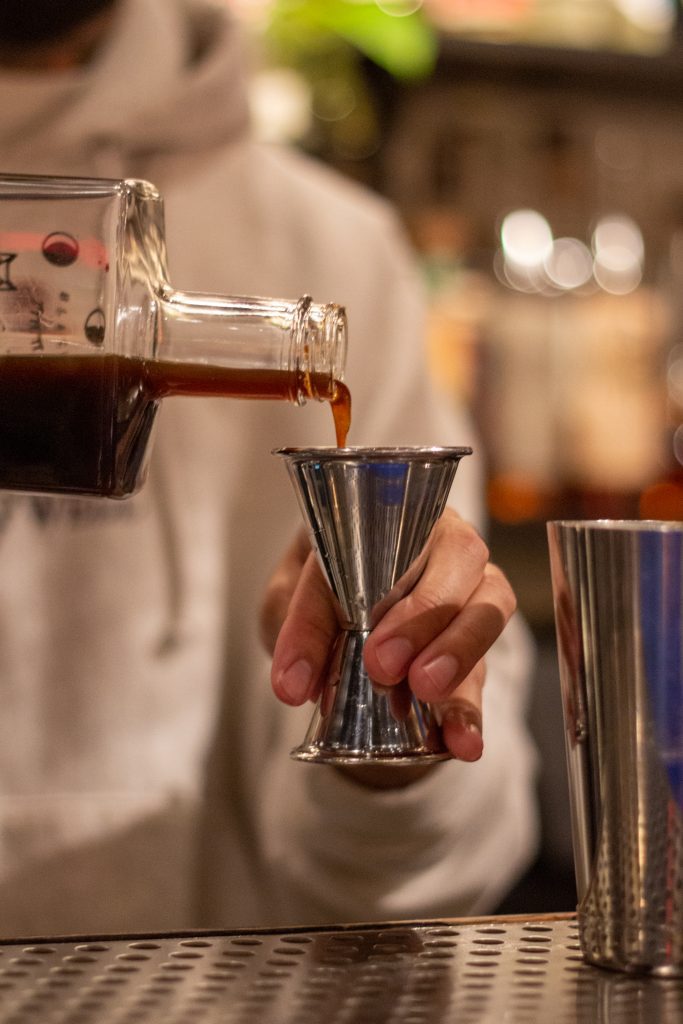

(Photo by Abigail Gruskin)
McCray uses Mr. Black’s cold brew coffee liqueur (1 ounce) in place of fresh espresso. The use of coffee in the drink is where the cocktail gets controversial; Williamsburg barista Jon Mackay, 41, believes that espresso martinis bastardize coffee’s good name. “You’re getting absolute shit espresso in it,” he says. “The reason being, is you went to a bar to get this espresso martini, not to a coffee shop.”
Steps 3-5: The add-ins
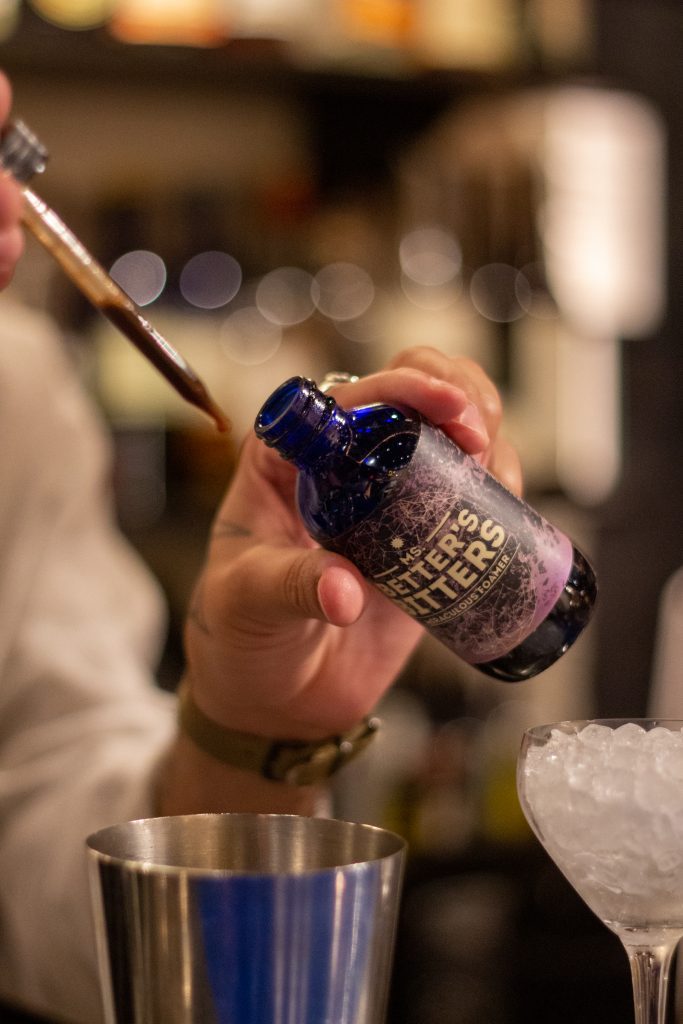

(Photo by Abigail Gruskin)
McCray adds cane syrup (½ ounce), Angostura bitters (3 dashes) and a vegan foamer (5 drops). Normally, the cocktail isn’t even on the menu at Nightmoves. But McCray makes an exception for his manager, who likes them.
Step 6: The shake
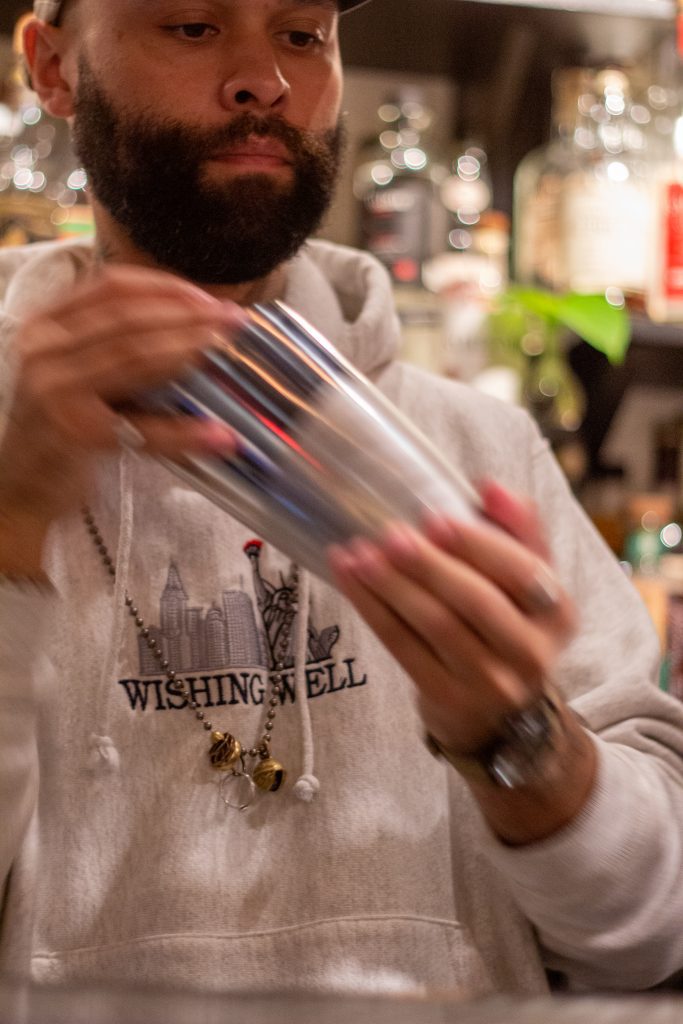

(Photo by Abigail Gruskin)
Mixing the drink is tricky; the collision of hot and cold liquids, if prepared with a fresh shot of espresso, can make it “more intense” than usual, East Village bartender Ella Downs told Grub Street. McCray whip shakes his using crushed ice—a technique not so commonly required for other drinks.
Step 7: The pour
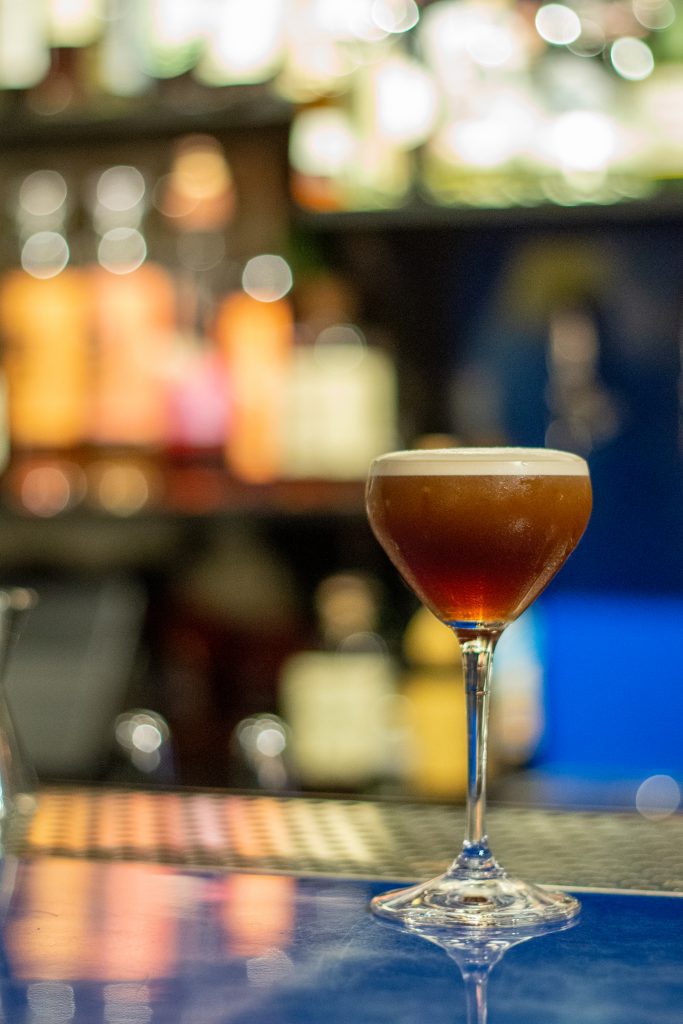

(Photo by Abigail Gruskin)
McCray notes that a frothy head is a “signature” of the drink.
You might also like 

















